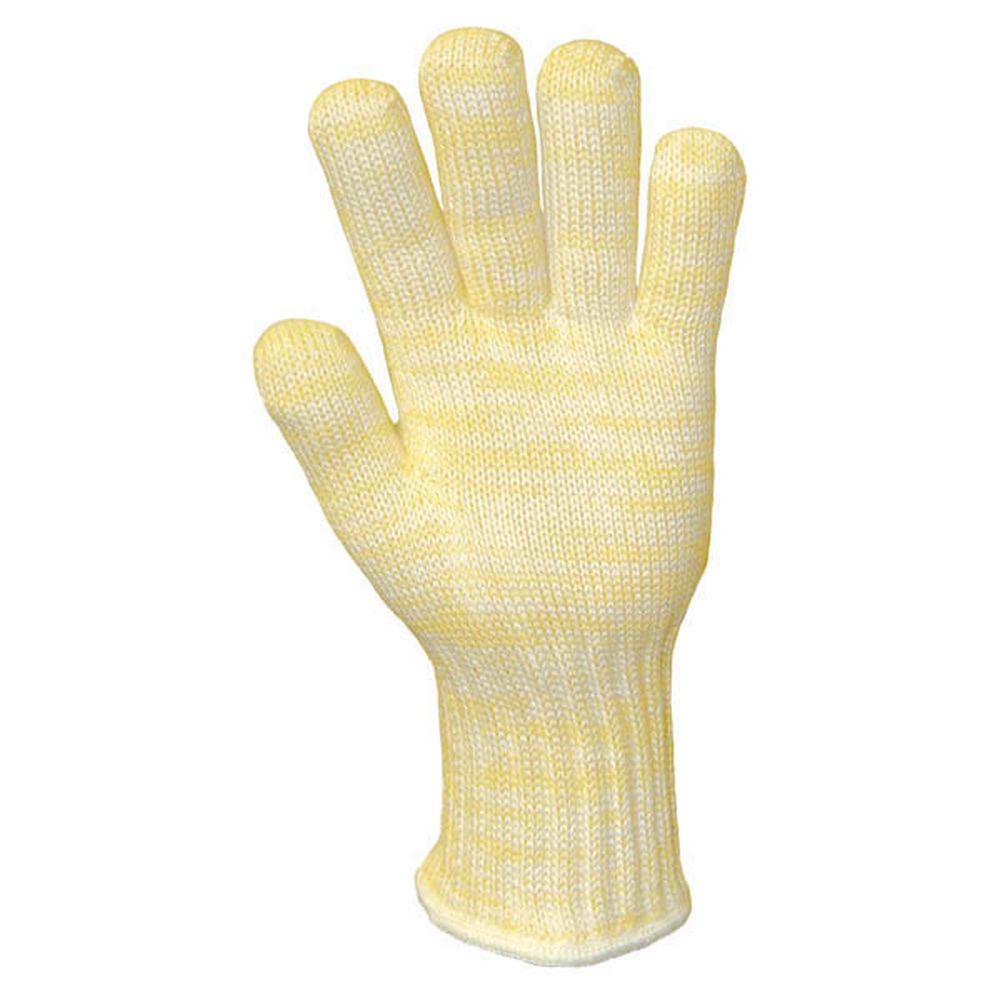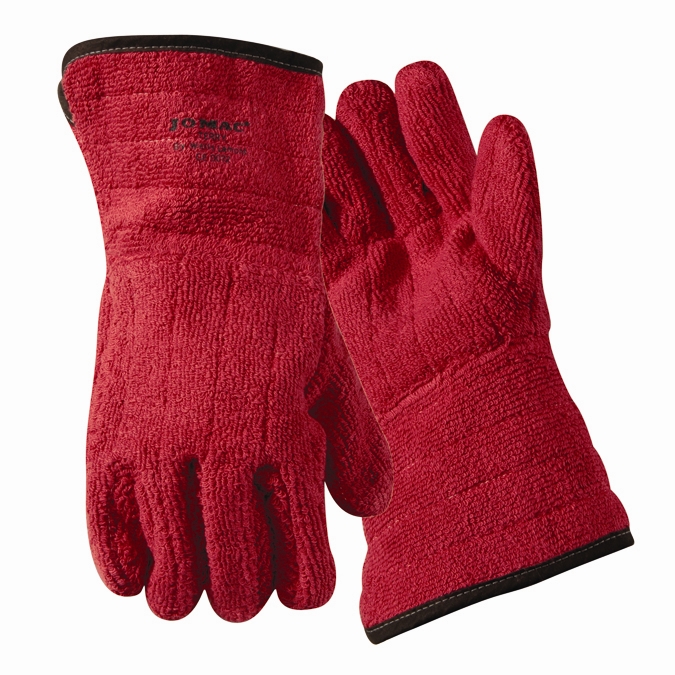Cotton Work Gloves is one of our oldest work glove categories going back over 25 years now. Historically speaking, Cotton Work Gloves were always the most popular work gloves by far along with leather work gloves long before thin coated nylon work gloves hit the glove work scene around 2005.
The most popular cotton work gloves were the familiar Brown Jersey Gloves which remain popular today due to their comfort, durability, and low cost. As a matter of fact, the Brown Jersey Gloves were one of our first models of “work” gloves to be added to our web site back in 1996.
Often overlooked and under-rated, Cotton work gloves range from general purpose work glove models to very high-performance work gloves from intense heat protection to superior cut resistance with the addition of blended aramid fibers such as Kevlar which offer high tensile strength for cut resistance along with heat and flame resistance.
The other big advantage with cotton work gloves is their low cost since they are made from a natural sustainable plant unlike man-made fibers. This is also a nice feature and benefit in today’s quest to become more ecological and environmentally friendly.
Speaking of environmentally friendly gloves, let me also take this opportunity for me to give our popular GO Greens Bamboo Gloves a plug which are also very high-performance work gloves made from bamboo which makes them very Eco-friendly. I would like to add that these gloves were developed by yours truly many years ago and remain one of our top selling work, garden, and chore gloves today.
Cotton Work Glove Applications
Obviously, there are many broad uses and obvious uses for Cotton Work Gloves, but I will mention a few of them as examples.
Besides the normal uses in various household chores both indoors and outdoors, they are widely used in trucking, warehousing, moving companies, hot-mill metal working, glass and ceramics manufacturing, grocery and food stocking, bakeries and pizzerias, general construction and mechanical work, recycling operations, landscaping, foundries and metal casting, forging operations, high heat manufacturing, and these are simply the most popular uses and work applications as some examples. We also carry a few models that are FDA approved for food contact.
Types of Cotton Work Gloves (a few examples)
I am only discussing a few models for some examples to provide you with some insight into the broad range and depth of these cotton work gloves. There are many more types available, and these are just a few examples.
Brown Jersey Gloves
The traditional Brown Jersey Glove is a normal weight cotton glove that is also available with dotted palms for a better grip. Although many are made from 100% cotton, we prefer to sell a model that is blended with a polyester fiber which makes them a bit stronger and extends the life of the glove.
Poly-Cotton Work Gloves
These are standard “form fitting to the shape of the hand” knit cotton gloves with polyester fibers for added strength and long life. There are 100% cotton models available at the same price, but these are a better option for your money. They come in a light weight (13 Gauge) to a medium weight (10 Gauge) to a thicker heavy weight (7 Gauge) model. Keep in mind that these are form fitting models for better dexterity. These models are also used in work related to food contact since they are certified for FDA food handling requirements under 21 CPR – Part 177.
Premium Grade Hot-Mill Glove
These are heavy weight gloves which also offer cut resistance as well as heat resistance up to 500° F. They have an extended protective gauntlet cuff and are commonly used in operations that require a more durable and protective glove.
Heat and Cut Resistant (Blended Cotton) Form Fitting Glove
These are seamless knit “form fitting” gloves that come in many sizes and offer both heat resistance and cut resistance. They protect up to 500° F and offer an ANSI Cut Level A3 Cut Resistance.
Heat and Flame-Resistant Glove
These are heavy weight terry cloth cotton gloves with a gauntlet cuff which is flame retardant and heat resistant up to 450° F. An ANSI rated Level 4 Flame Resistant Glove. It should be noted that these are not certified for TIG or MIG welding operations.
Please note that there are many and numerous types of cotton work glove available and over the years we have reduced our offerings to only the most popular and practical models that cover most everyone’s needs. It also eliminates a lot of confusion when you offer many similar models. This means that we narrow our offerings to make it much easier for you to select a cotton work glove that meets your needs rather than make a mistake. If you don’t see a model that you wish to purchase, please let us know since we have access to many glove models not shown on our web site.
In conclusion, this should provide you with some good examples and information on Cotton Work Glove and you can easily find more product details in each of our product listings in our Cotton Work Glove category which you can easily link to using the link below.
It’s an interesting glove category that many are not familiar with and one that is not routinely promoted by others due to the low costs and low margins in these types of gloves. However, it is our job to keep our customers better informed since we want to be your single source for all your glove needs.
Link: Cotton Work Gloves
Thank you for subscribing and let me know if you have any questions.
Joe McGarry
The Glove Guru
















